Two wrongs don’t make a right.
And there is always “one”.
I have been delivering some workshops on respectful and inclusive cultures, and have written a couple of newsletters on the topic, here and here.
In the first one, mostly written on a plane between Brisbane and Mackay, I was reflecting whether the mostly male audience would feel a bit attacked by the topic, because workplaces that are more at risk of disrespectful and exclusionary behaviours (sexual harassment, bullying, discrimination and victimisation) are those where:
• Most of your workers are men
• Most of your leaders are men
• Your workplace lacks diversity across the board
• Your workplace is isolated or remote
• Your workplace is divided by gender (for example, women in the office, men on the tools)
Plus workplaces that have power imbalances, gender inequality, people with intersectional identities and lack of accountability for disrespectful and discriminatory behaviours.
It was very likely I wasn’t preaching to the converted, with these workshops, so using their data and listening to their comments, was a great strategy to build engagement, and hopefully learning.
Things were going well. After two workshops I had received great feedback from the participants and my client.
Then there was the third workshop. Many people had told me that the third one would be interesting.
This is where “there is always one” comes in.
During the workshop there was one participant who wanted to know more:
• Is it possible to dig into the data?
• Do we know what location this came from?
• How do we know if men or women said these comments?
Nothing wrong with these questions, and yes I could dig into the data, and no I won’t, because we wanted to ensure the survey results were anonymous. By digging a bit more into the data, we may be able to identify people, which was not the point.
The point was to show that these behaviours exist in their workplace, as well as workplaces across Australia, and that as people leaders they have a responsibility to hold people accountable and lead a culture where these behaviours are addressed and eliminated (as much as possible).
We continued on and had a great discussion about organisations that have targets to increase the number of women in their workplace. Now I know that this organisation has targets and I know what the targets are, BUT they have been kept at the board and executive team level.
Why?
Because we knew from their survey data and comments that it was really important to recruit women who could do the job, so they weren’t set up to fail.
One of the female participants told us that in her last job she knew exactly was the target was for that organisation on day 3 and she suffered from people saying that she was just recruited to hit a target.
This was not the approach being taken at my client. At this organisation they were looking at ways to expand their talent pool and reduce bias in their recruitment processes, which in turn would increase the chances of appointing people who can do the job AND bring in more diversity, and without the pressure of hitting a target.
Here’s where “two wrongs don’t make a right” comes in. During the morning tea break the man asking about interrogating data came to speak with me.
“So Lisa”, the man says. “All of this work (referring to Diversity & Inclusion work), and organisations having targets for women, means that when I go for a job I’m being discriminated against”.
Sooooo I should have gone “high” like Michelle Obama would say. Instead I sigh in my head, and say, yes and that’s what’s been happening to women for years.
And then (in a disgruntled tone) he says “yes but two wrongs don’t make a right!” Just like the tone of my tumultuous 14 year old teenager, who likes to yell “IT’S NOT FAIR!!” when we say he can’t do something.
So now that it impacts you (I’m thinking), you care about not being discriminated against.
Later in the workshop I explained that Diversity & Inclusion work, and building respectful cultures is not like a cake, and when all the pieces are gone there are only crumbs left….. (though that’s what it’s like for many people in the world at the moment).
Instead, I explained that building respectful and inclusive cultures is like a never-ending packet of Tim Tams. There are always more opportunities (more Tim Tams), not less. For example, if you are an inclusive male leader people will love working for you. You will be able to solve problems and be innovative. You will have better engagement and people will work harder. If you are leading a team like that it will drive more opportunities for you and your team. Just like a never-ending packet of Tim Tams.
Now if you aren’t sure what Tim Tams are or why I’m talking about never ending packets, check out this ad with a very young Cate Blanchett.
You are welcome.
Lisa xx
